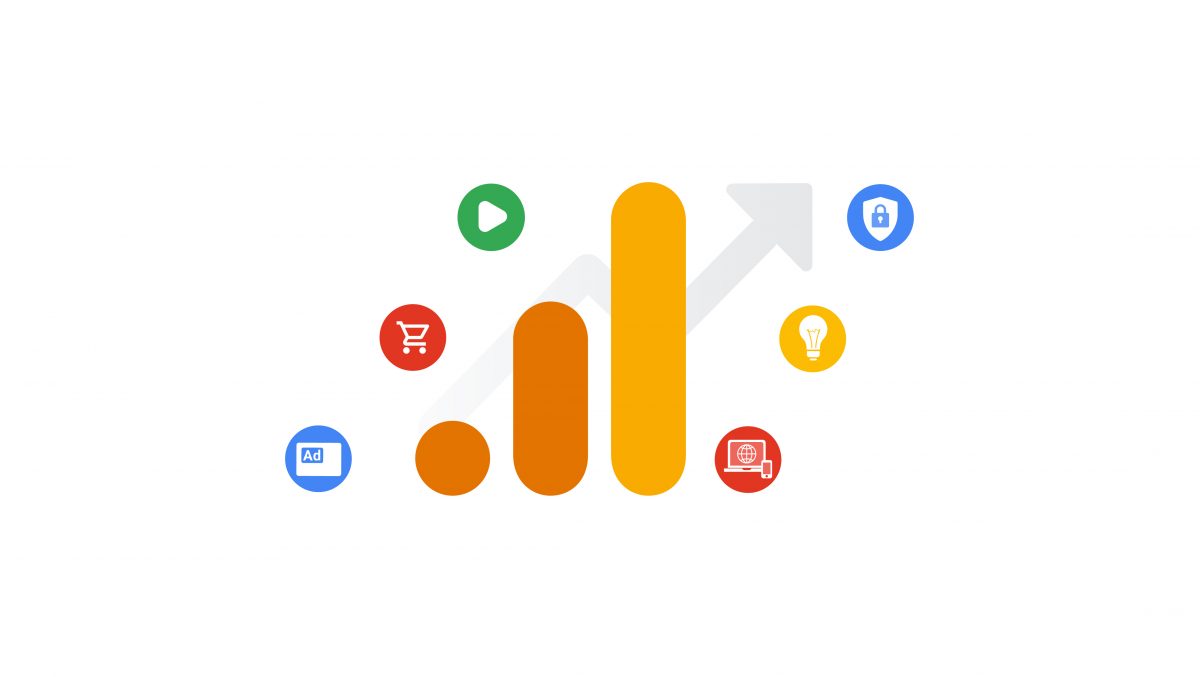If you have worked in marketing, user operations, or any other user-related positions, you definitely have worked with Google Analytics already in your past career. Google Analytics 4, or GA4 is the new version of Google Analytics. After its first release in 2020, Google announced that it would gradually make universal analytics (current GA) obsolete by the end of June 2023. The reason for Google to change is mainly related to user privacy and cross-device data management. There are huge changes in user tracking, 3rd party data usage, mobile and desktop cross-tracking, and user interface. I will primarily focus on privacy in this article.
Is GA4 GDPR compliant?
Yes…but not quiet.
As you may know, the current Google analytics still store user data on US-based servers, which makes it not GDPR compliant by default. In fact, the Italian data authority discovered that Google was illegally transferring EU user data to the U.S (Italian SA, 2022.) GA 4 in a way is set up to comply with GDPR where the company can limit and disable user information from getting tracked (Google, 2022). However, Google has not clarified if the platform will utilize personal data and sends it outside the European privacy jurisdiction.
Third-party vs First-party cookies
Another privacy-focus enhancement from GA4 is that Google will completely remove third-party cookies.
What are first-party cookies? First-party cookies are essential cookies the site owners track on users and have been put by the site owners. On the other hand, third-party cookies are those that track user behaviours across websites and follow browsing activities. An example of third-party cookies is Honey, a plug-in that automatically finds users the best coupon to use on e-commerce for free. In return, user browsing activities are getting used or sold by Honey.
Google claims to remedy these lost data for platform users through machine learning and statistical modelling, but it has not disclosed any further information. What do you think? Can companies work their ways out to better monitor their users? How can data monetizer such as honey and other browser plug-Ins sustain their business model with the changes on third-party cookies?
Reference
Google: Garante privacy stop all’uso degli analytics. Dati trasferiti Negli USA Senza adeguate garanzie. (2022). Retrieved September 26, 2022, from https://www.gpdp.it/web/guest/home/docweb/-/docweb-display/docweb/9782874#english
Privacy controls in Google Analytics – analytics help. (n.d.). Retrieved September 26, 2022, from https://support.google.com/analytics/answer/9019185#zippy=%2Cin-this-article


